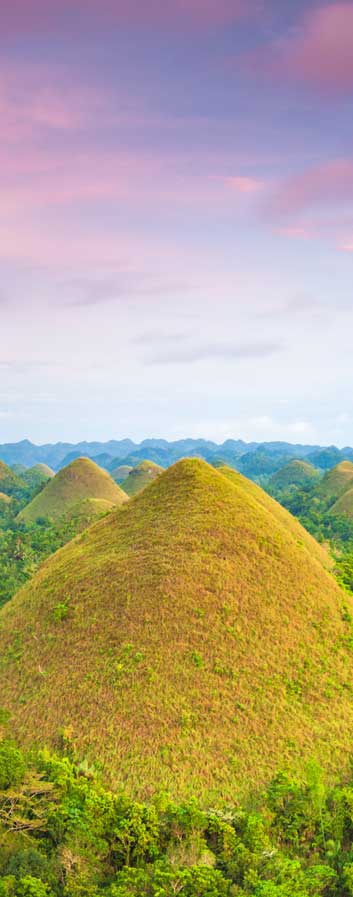Kenrokuen
Kenrokuen (兼六園) in Kanazawa is justifiably classified as one of Japan's "three most beautiful landscape gardens" alongside Mito's Kairakuen and Okayama's Korakuen. The spacious grounds used to be the outer garden of Kanazawa Castle and were constructed by the ruling Maeda family over a period of nearly two centuries. Opened to the public in 1871, Kenrokuen features a variety of flowering trees which provide the garden with a different look for each season.
The name Kenrokuen literally means "Garden of the Six Sublimities", referring to spaciousness, seclusion, artificiality, antiquity, abundant water and broad views, which according to Chinese landscape theory are the six essential attributes that make up a perfect garden. A stroll around Kenrokuen will help with understanding this landscape theory as the grounds are teeming with water features, bridges, teahouses, trees, flowers, stones, viewpoints and hidden nooks to discover.
Water is diverted from a distant river by a sophisticated water system constructed in 1632 to feed Kenrokuen's various streams and ponds including the two main ponds in the garden, Kasumigaike and Hisagoike. The over two-meter tall Kotojitoro Lantern, uniquely built with two legs instead of one, stands at the northern bank of Kasumigaike Pond and is an iconic symbol of Kenrokuen. In addition, a fountain below Kasumigaike Pond is one of Japan's oldest, and is powered by the drop in elevation from the pond which causes water to shoot out 3.5 meters high. Meanwhile, nearby Hisagoike Pond features a small waterfall.
In spring, visitors can see plum blossoms in the southern end of the garden as they bloom around mid February to the end March, just before the cherry blossom season begins. Cherry trees, which usually bloom around Kenrokuen around mid April, can be found along the streams through the northeastern side of the garden. There are also other varieties of flowers that grow in the garden during the warmer summer months when visitors can expect to see a lot of greenery as well.
In autumn you can see fall colors, which are mainly provided by the cherry and maple trees and usually change colors from around mid November to early December. The orange and red maples are mostly found near Yamazakiyama on the garden's eastern side near the Kodatsuno Gate. In the same general area, visitors will find a large bronze statue of a legendary prince, called the Meiji Monument. The statue is dedicated to the soldiers who died in the Seinan War, a civil war that followed the Meiji Restoration.
While there is far less foliage in winter, freshly fallen snow gives the garden a different, attractive seasonal look. Many of the garden's large pine trees feature traditional winter protections to prevent damage by snow. Of special note is the Karasaki Pine, one of the garden's most prominent trees. Planted from seed, it now stands tall next to Kasumigaike Pond with some of its branches extending far over the pond's surface.
Some walking trails in the park lead to higher ground from where visitors can have an overview of the garden. There are also teahouses in the garden where visitors can drink tea and eat traditional Japanese sweets while looking at the scenery. Finally, a pleasant pedestrian way lined with cherry trees, shops and restaurants lies just outside of the garden's paid area, between the Katsurazaka and Renchimon gates. The street is a particularly beautiful rest spot in spring when the cherry blossoms are in bloom.


































